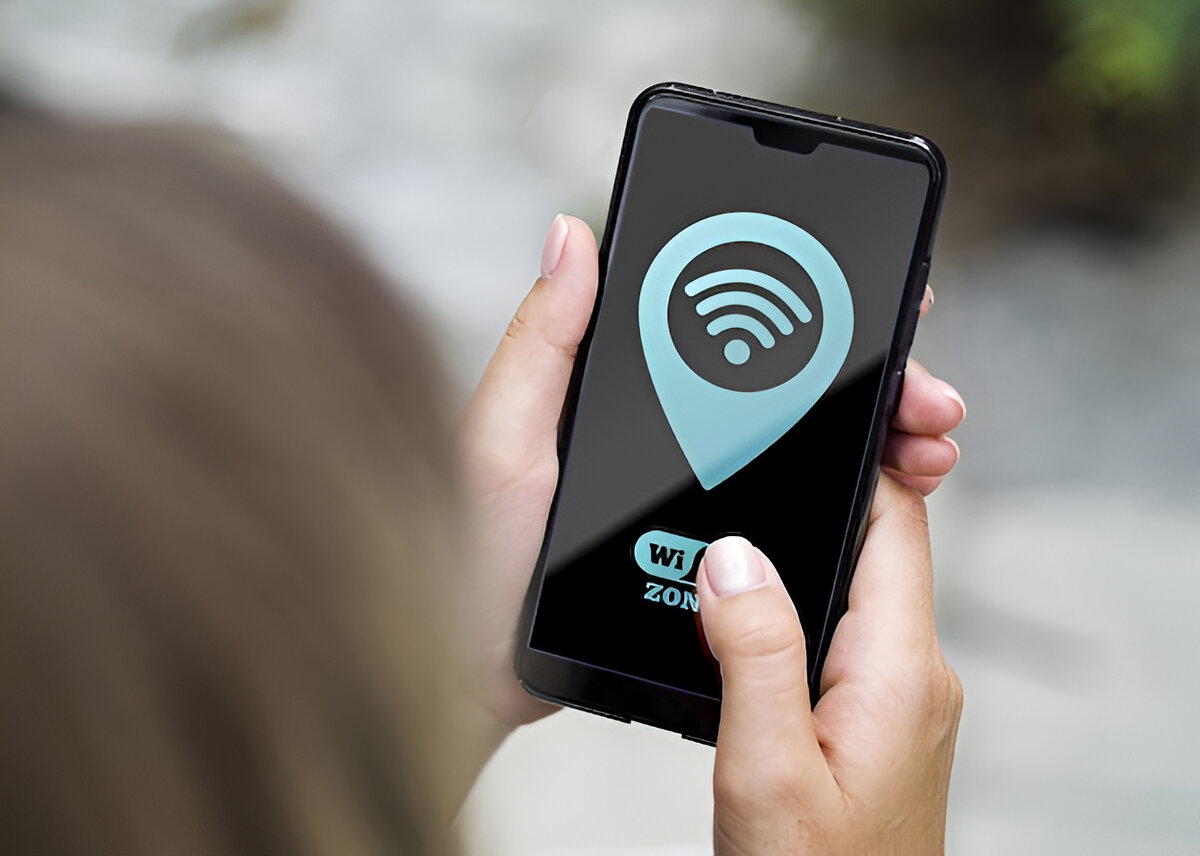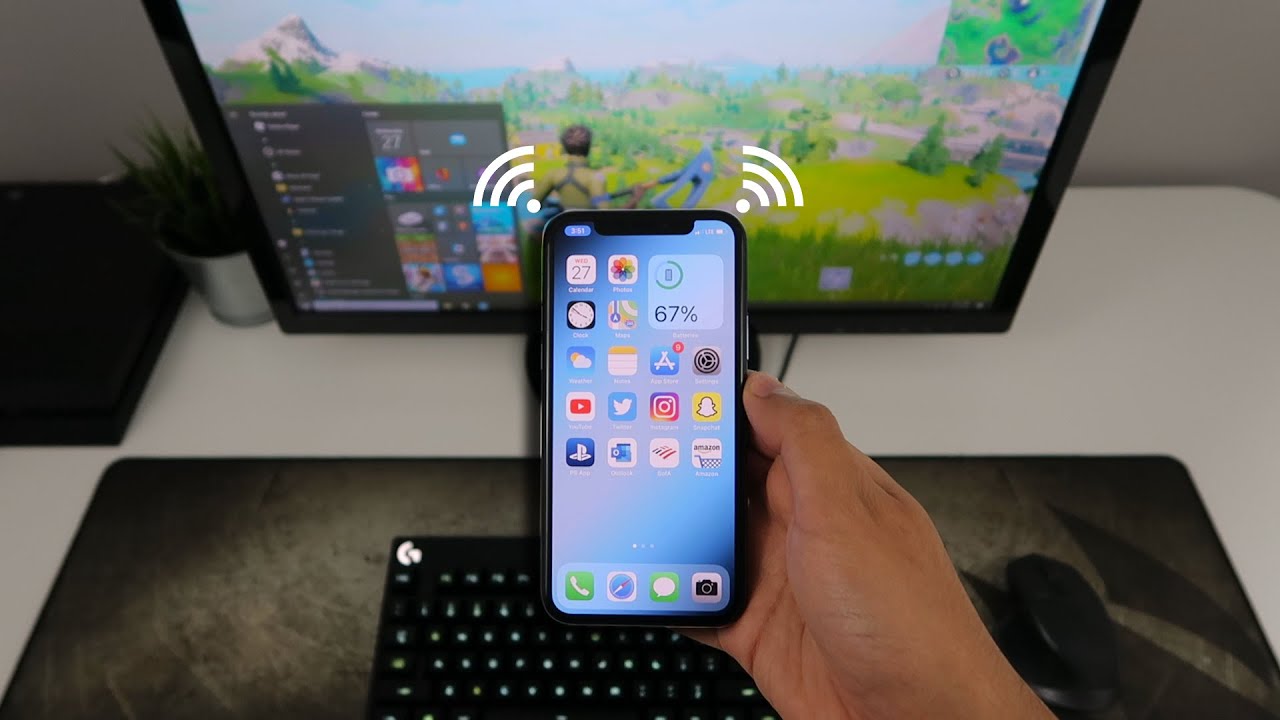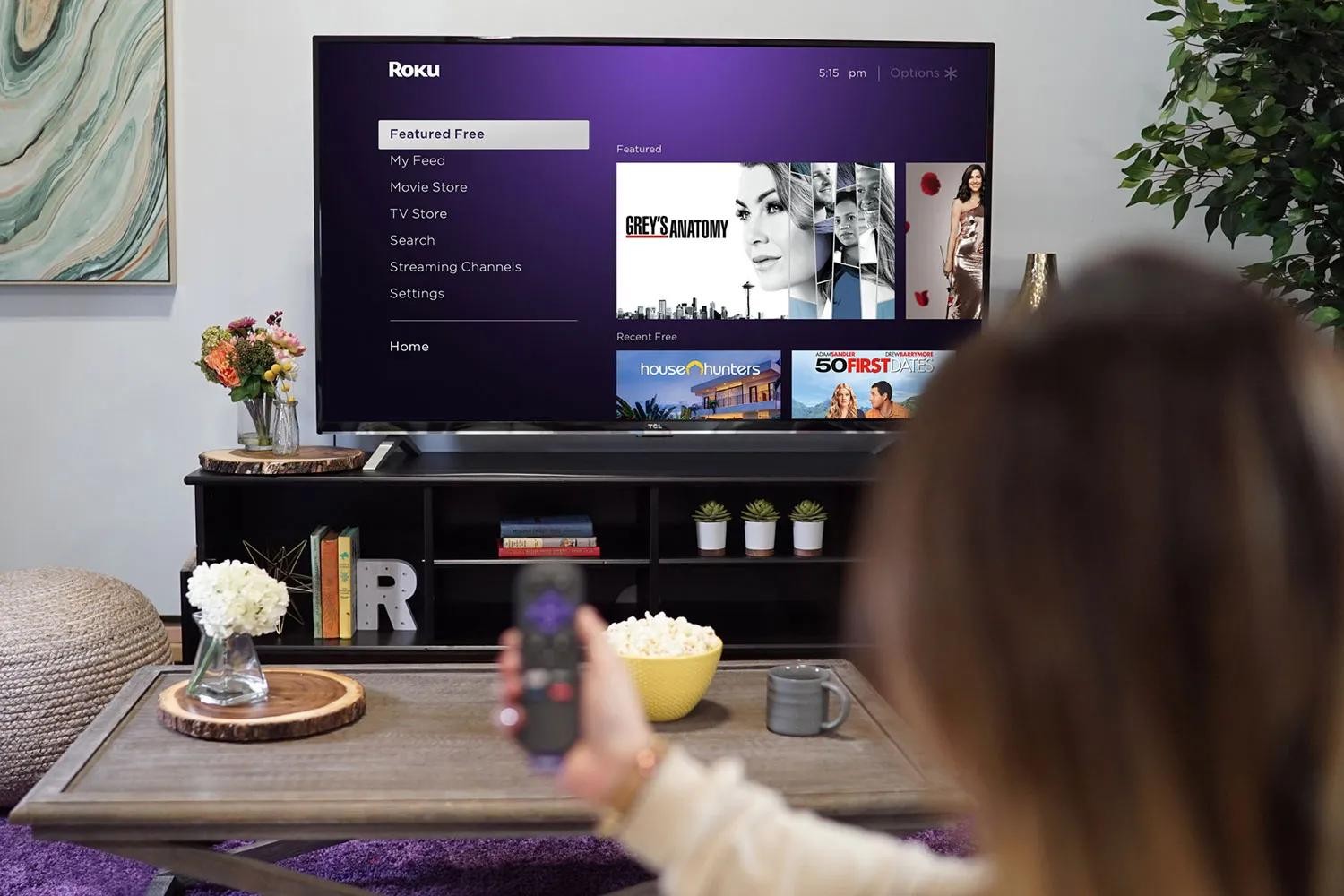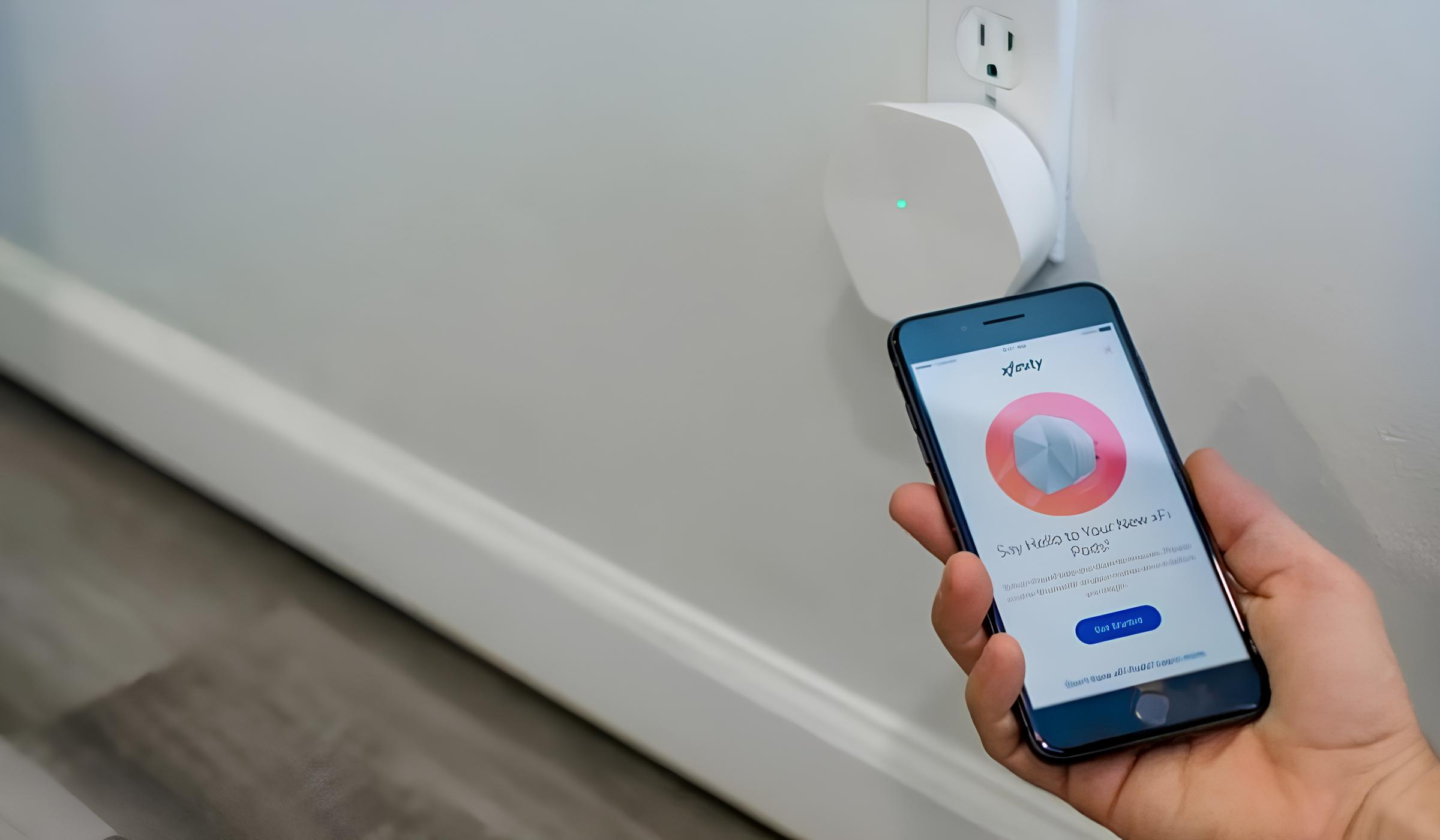Introduction
When you're out and about, whether for work or leisure, having access to a reliable internet connection is often a top priority. Whether you need to check emails, attend virtual meetings, or simply stay connected with friends and family, finding a hotspot can be a game-changer. However, the challenge lies in verifying the availability of hotspots in your vicinity. This is where a few quick tips can come in handy, ensuring that you can easily locate and connect to a suitable hotspot without unnecessary hassle.
In this article, we'll explore some effective strategies to verify the availability of hotspots. From utilizing coverage maps to leveraging Wi-Fi finder apps and reaching out to hotspot providers, we'll cover a range of practical tips to streamline your hotspot hunting experience. Additionally, we'll delve into the value of online forums and reviews in gaining insights into the reliability and quality of different hotspots. By the end of this article, you'll be equipped with the knowledge and tools to confidently verify hotspot availability, allowing you to stay connected wherever you go.
Tip 1: Check the Coverage Map
When it comes to verifying the availability of hotspots in a specific area, one of the most reliable and convenient methods is to consult a coverage map. Many internet service providers and mobile carriers offer detailed coverage maps on their websites or through dedicated apps. These maps provide valuable insights into the availability and strength of Wi-Fi or cellular signals in various locations, allowing users to plan their connectivity options with precision.
By accessing a coverage map, you can quickly identify areas with robust hotspot coverage, ensuring that you can stay connected without interruptions. These maps often use color-coded indicators to represent signal strength, making it easy to pinpoint areas with optimal connectivity. Whether you're in a bustling urban center or a more remote location, a coverage map can help you anticipate the availability of hotspots and plan your connectivity strategy accordingly.
Furthermore, coverage maps are frequently updated to reflect changes in network infrastructure and signal strength, providing users with current and reliable information. This dynamic nature ensures that you can make well-informed decisions about accessing hotspots based on real-time data rather than outdated or unreliable sources.
In addition to identifying the presence of hotspots, coverage maps can also reveal potential dead zones or areas with limited connectivity. By being aware of these areas in advance, you can adjust your plans and explore alternative options to ensure uninterrupted internet access. Whether you're traveling for business or leisure, having access to a coverage map empowers you to proactively manage your connectivity needs, enhancing your overall experience.
Overall, checking the coverage map is an essential first step in verifying hotspot availability. It provides users with valuable insights into signal strength, network coverage, and potential connectivity challenges, enabling them to make informed decisions and stay connected with confidence. By leveraging this resource, individuals can navigate their surroundings while staying connected, ensuring that they can access hotspots reliably and efficiently.
Tip 2: Use a Wi-Fi Finder App
In the quest to verify the availability of hotspots, utilizing a Wi-Fi finder app emerges as a powerful and user-friendly strategy. These specialized applications are designed to help users locate nearby Wi-Fi hotspots, offering a convenient and efficient approach to accessing internet connectivity on the go.
Upon launching a Wi-Fi finder app, users are presented with a comprehensive map interface that displays the locations of nearby hotspots. These hotspots are often categorized based on their type, such as cafes, restaurants, public spaces, and businesses, allowing users to identify suitable connectivity options based on their preferences and requirements. The interactive map interface provides a visual representation of hotspot locations, enabling users to plan their connectivity strategy with ease.
Furthermore, Wi-Fi finder apps typically offer additional details for each hotspot, including information about the venue, signal strength, and user ratings. This valuable data empowers users to make informed decisions when selecting a hotspot, ensuring that they can prioritize reliable and high-quality connectivity options. Additionally, some apps may feature real-time updates on hotspot availability and performance, enhancing the accuracy and relevance of the information presented to users.
In addition to locating nearby hotspots, Wi-Fi finder apps often include filtering and search functionalities, allowing users to refine their hotspot search based on specific criteria. Whether users prioritize free hotspots, high-speed connections, or specific venue types, these apps enable tailored searches to align with individual preferences. This level of customization enhances the efficiency of hotspot discovery, enabling users to quickly identify and connect to the most suitable options.
Moreover, Wi-Fi finder apps may integrate user-generated content, such as reviews, comments, and photos, providing valuable insights into the quality and reliability of different hotspots. By leveraging this user-driven information, individuals can gain a deeper understanding of the connectivity experience offered by various locations, ultimately guiding their hotspot selection process.
Overall, the use of a Wi-Fi finder app streamlines the process of verifying hotspot availability, offering a user-centric and data-driven approach to accessing internet connectivity. Through intuitive interfaces, detailed hotspot information, and customization features, these apps empower users to make informed decisions and stay connected with confidence, enhancing their overall connectivity experience.
Tip 3: Contact the Hotspot Provider
When it comes to verifying the availability of hotspots, reaching out directly to the hotspot provider can yield valuable insights and real-time information. Whether you're considering a specific venue, a public Wi-Fi network, or a commercial hotspot service, contacting the provider directly can offer clarity and assurance regarding the availability and quality of the internet connection.
Hotspot providers, including businesses, public institutions, and internet service providers, often maintain dedicated customer support channels that can be accessed through phone, email, or online chat. By engaging with these support channels, individuals can inquire about the availability of hotspots in a particular location, ensuring that they receive accurate and up-to-date information.
When contacting the hotspot provider, it's beneficial to inquire about the following key aspects:
-
Hotspot Availability: Request information regarding the presence of hotspots in a specific area, such as a particular venue, city district, or public space. By directly communicating with the provider, individuals can confirm the availability of hotspots and gain insights into any potential limitations or restrictions.
-
Connection Quality: Inquire about the quality of the internet connection offered through the hotspot. Understanding factors such as speed, stability, and bandwidth allocation can help individuals assess the suitability of the hotspot for their connectivity needs.
-
Access Requirements: Seek clarification on any access requirements or authentication procedures associated with the hotspot. This can include details about login credentials, usage policies, and any associated costs or limitations.
-
Technical Support: Explore the availability of technical support or assistance in the event of connectivity issues. Understanding the support resources offered by the provider can provide reassurance and confidence when relying on the hotspot for internet access.
By engaging with the hotspot provider directly, individuals can gain a deeper understanding of the available hotspots, ensuring that they can make informed decisions about their connectivity options. Additionally, direct communication with the provider can offer clarity on any specific terms of use, potential fees, and the overall user experience associated with the hotspot.
Overall, contacting the hotspot provider serves as a proactive and personalized approach to verifying hotspot availability. By leveraging direct communication channels, individuals can access reliable and tailored information, empowering them to navigate their connectivity needs with confidence and clarity.
Tip 4: Check Online Forums and Reviews
In the digital age, online forums and reviews serve as invaluable resources for individuals seeking to verify the availability of hotspots in various locations. These platforms offer a wealth of user-generated content, insights, and firsthand experiences, providing a diverse and dynamic perspective on the quality and reliability of different hotspots.
When exploring online forums, individuals can benefit from engaging in discussions and threads dedicated to topics such as local connectivity options, hotspot performance, and user recommendations. These forums often feature contributions from a broad community of users, including locals, travelers, and tech enthusiasts, offering a rich tapestry of insights and perspectives. By actively participating in these discussions or simply browsing through them, individuals can uncover valuable information about hotspot availability, hidden gems, and potential connectivity challenges in specific areas.
Moreover, online reviews play a pivotal role in the hotspot verification process, offering detailed accounts of users' experiences with different hotspots. Whether it's a bustling coffee shop, a public park with Wi-Fi access, or a commercial hotspot service, individuals can leverage online reviews to gauge the reliability, speed, and overall satisfaction levels associated with each hotspot. Additionally, reviewers often share practical details such as the ease of access, seating comfort, and the availability of power outlets, further enriching the understanding of each hotspot's suitability for various needs and preferences.
Furthermore, online forums and reviews enable individuals to stay informed about any recent developments or changes in hotspot availability. Whether a new hotspot has been established, an existing one has undergone improvements, or certain connectivity challenges have been reported, these platforms serve as dynamic sources of real-time information. By staying attuned to the latest discussions and reviews, individuals can adapt their hotspot verification strategies based on current insights and community feedback, ensuring that they can make informed decisions in real-world scenarios.
In essence, checking online forums and reviews represents a collaborative and community-driven approach to verifying hotspot availability. By tapping into the collective wisdom and experiences of diverse users, individuals can gain nuanced and up-to-date perspectives on hotspot options, enhancing their ability to make informed connectivity choices wherever they go.
Conclusion
In the fast-paced and interconnected world we live in, the ability to verify the availability of hotspots is a crucial element of staying connected and productive. As we've explored the diverse strategies for hotspot verification, it's evident that a proactive and informed approach can significantly enhance the overall connectivity experience.
By checking coverage maps, individuals can gain valuable insights into signal strength, network coverage, and potential connectivity challenges, empowering them to plan their connectivity strategy with precision. The dynamic and updated nature of coverage maps ensures that users can make well-informed decisions based on real-time data, ultimately optimizing their hotspot hunting experience.
The utilization of Wi-Fi finder apps emerges as a user-centric and efficient strategy for hotspot verification. These apps offer interactive maps, detailed hotspot information, and customization features, enabling users to locate and connect to suitable hotspots with ease. The integration of user-generated content further enriches the hotspot selection process, providing valuable insights into the quality and reliability of different connectivity options.
Directly contacting hotspot providers serves as a personalized and proactive approach to verifying hotspot availability. By engaging with the provider's customer support channels, individuals can gain clarity on hotspot availability, connection quality, access requirements, and technical support, ensuring that they can make informed decisions aligned with their connectivity needs.
Furthermore, online forums and reviews play a pivotal role in hotspot verification, offering diverse perspectives, firsthand experiences, and real-time insights into the quality and reliability of different hotspots. By engaging with these platforms, individuals can stay informed about the latest developments, hidden gems, and potential connectivity challenges, ultimately enhancing their ability to make informed connectivity choices.
In conclusion, the process of verifying hotspot availability is not just about finding a connection; it's about empowering individuals to stay connected with confidence and efficiency. By leveraging coverage maps, Wi-Fi finder apps, direct communication with providers, and online community insights, individuals can navigate their connectivity needs with clarity and assurance, ensuring that they can access reliable hotspots wherever their journeys take them. Whether it's for work, leisure, or simply staying connected on the go, the ability to verify hotspot availability equips individuals with the tools to seamlessly integrate connectivity into their daily lives, fostering productivity, communication, and seamless digital experiences.

























